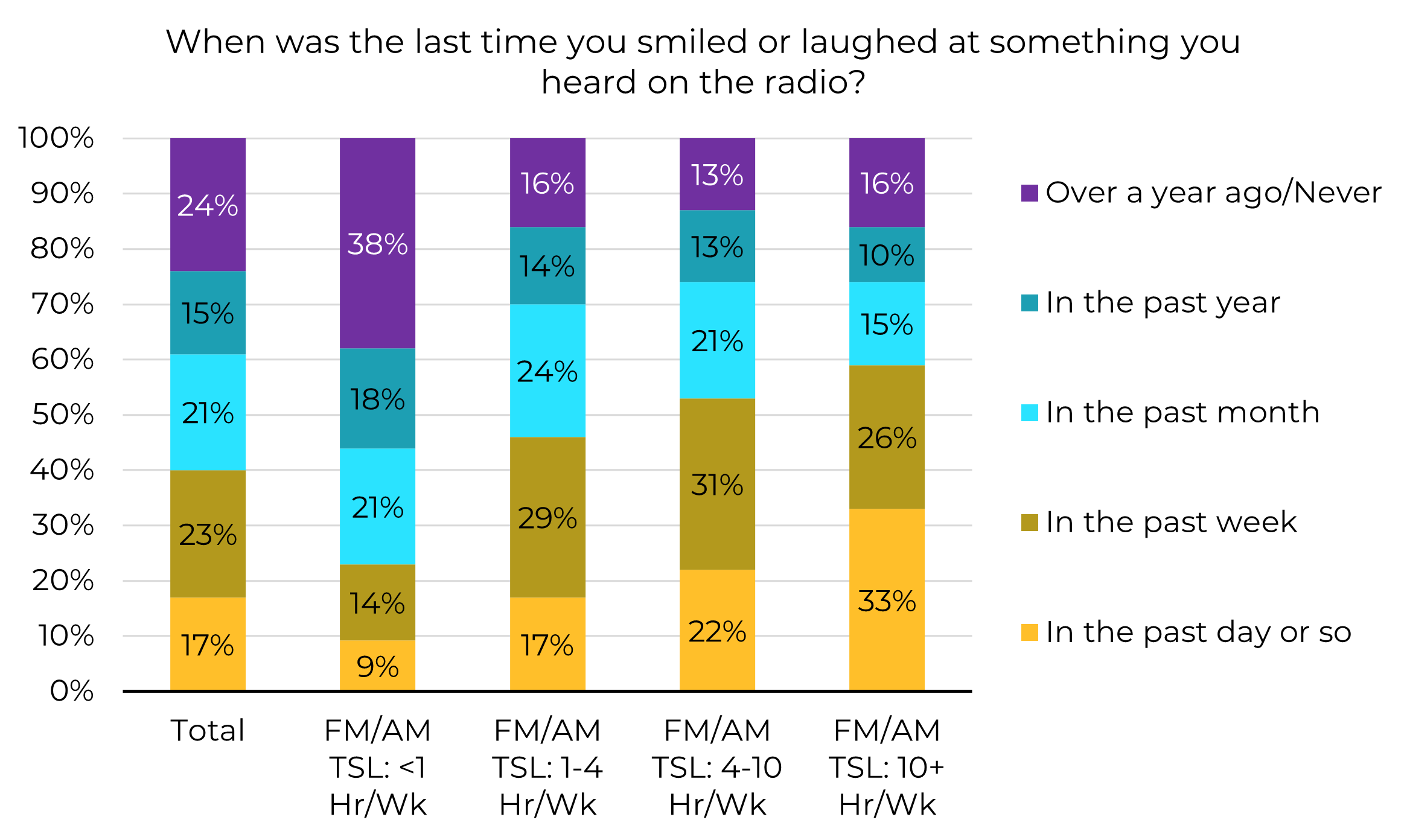Moneyball: Music Makes You Feel Good – What Else Does?

Maya Angelou is credited with saying, “I’ve learned that people will forget what you said, people will forget what you did, but people will never forget how you made them feel.” We’ll submit the emotional connection that radio can have with listeners – how we make people feel – is critical to building and maintaining listenership.
B. F. Skinner is the name that comes to mind when discussing operant conditioning, lab animals in a controlled chamber, or “Skinner Box.” In perhaps the most famous Skinner experiment, a rat in a box would press a lever or button – by accident or chance – and be delivered a food pellet. Once the rat had that experience, it would continue pressing the lever or button until it wasn’t hungry any longer.
Among the goals radio programmers have adopted in the PPM world is to get consumers to keep coming back to their station. We’ve learned that multiple occasions build TSL (or ATE). So, repeat occasions are a goal. To stretch the analogy, we want our consumers to continue pressing the button for one of our stations every time they have the opportunity.
When you ask consumers what they want from radio stations, they get analytical and tell us things like “lots of uninterrupted music” and “a wide variety of music” and the like. And while that’s the logical answer to the question, the deeper and broader response is often to feel better…to improve their mood…to pass the time more pleasantly. That’s why slogans like, “music that makes you feel good” continue to research so well.
In our NuVoodoo Ratings Prospects Studies we ask, “When was the last time the radio make you smile?” As time spent listening goes up, so does the likelihood they’ll say the radio made them smile within the last day. In the chart below, among those listening to broadcast radio at least 10 hours a week, 33% say they smiled at something on the radio in the past day – and another 26% smiled in the last week. As time spent listening goes down, many have to reach back a month or more to remember when (or if) the radio made them smile.

You might argue that those who don’t listen very much have fewer opportunities for radio to make them smile. But shouldn’t making people smile be a goal for programming almost all the time? Think about the smile that comes across your face when a favorite song starts. The playlist decisions we slave over help provide listeners with opportunities to smile. Sure, we must define station music recipes to help build brand images, but even those can be injected with relatability and good feelings.
So, besides playing the most-appealing, best-testing music for your targeted audience, what can you do to make listeners smile? If it’s a contest, it could be that it’s fun to play, easy to enter, and ties into something fun and/or topical. If it’s a piece of positioning, it could be that it ties into something your listener had been thinking about already that day. If it’s something as utilitarian as traffic and weather, it could be that it mentions a place they love or an event they’re looking forward to attending (even if the “event” is something as mundane as getting home at the end of the workday).
Just like the animals in Skinner’s experiments, we need listeners to keep pressing the button – the button that connects them to our programming and connects us to higher AQH.




